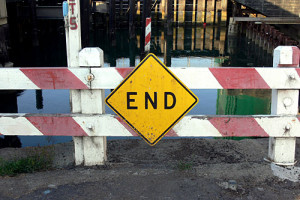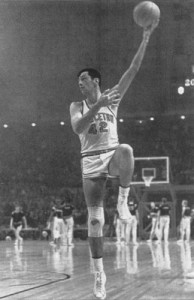The May/June issue of Writer’s Digest has a sidebar from YA editor Anica Morse Rissi, wherein she gives nine things you can do to elevate your manuscript before submission.
The list is right on, not only for getting a manuscript ready to submit to agents or editors, but also if you’re considering self-publishing. So I’m going to give you the tips with my own commentary on them.
1. Revise, revise, revise.
As the author of a whole book on the revision process, I’m not going to quibble with this one. You can, however, become “revision obsessed” and spend way too long on a project. In my book I give a process for getting over that, but you can just as well come up with one of your own, so long as you eventually send your work out. Not too soon, but not too late, either.
2. Start with conflict and tension.
This is perhaps the most important tip of all. Some of our highest traffic here at TKZ has come from posts on what to do — and what not to do — on first pages, as well as the numerous first page critiques we’ve done. Search those out in the archives. Now, conflict or tension does not have to be “big.” It can really be any sort of disturbance to the Lead’s ordinary world.
3. Don’t start with backstory.
An obvious corollary to #2. Backstory is best when it is delayed, although little sprinkles can be added to the first pages for depth. Just make the action primary up front.
4. Give the readers something to wonder about.
Mystery, unanswered questions, portents, threats. All good at the beginning and, indeed, throughout—so long as you are prepared to give satisfactory answers (unless you write for Lost, of course, then you can just keep on raising questions).
5. Avoid explaining too much, too soon.
A corollary to #4. My rule for the opening is act first, explain later. Readers do not need to know everything you do about the setting and characters at the start. They will wait a long time if there’s something dynamic and disturbing going on at the beginning.
6. Make sure your story has plot arc and emotional arc.
This is another way of saying that you need to give us the stakes inside the character, as well as outside. One way to do this is via internal conflict, which is the battle between two strong but opposing desires in the character. In High Noon, the town marshal must battle his desire to do his duty as a lawman versus his desire to keep his new Quaker bride (the producers raise the stakes nicely by having the Quaker bride look exactly like Grace Kelly).
7. Read your dialogue out loud.
This is a great practice. You hear it differently than you read it. An alternative (my own preference) is to have Word read it back to me in speech mode. Either way, you’ll catch things to change every time.
8. Use adjectives, adverbs and dialogue tags sparingly.
As far as adverbs, do a search for LY words and kill as many of those pests as you can. For dialogue tags, use said and asked as your defaults, and only when needed to figure out who’s speaking. Resist the urge to use things like he growled or he expostulated.
9. Make sure your details matter.
All details, and I mean every one in your manuscript, should do “double duty.” Not just describe, but describe in a way that sets the tone you desire. Details can characterize, foreshadow and carry motifs. In other words, don’t waste them.
To these fine suggestions, I would also add the following (from my chapter on “The Polish”)—go over each chapter and see how much you can cut from the beginning and the end. You’ll be amazed at how much faster your chapters grab, and how you’ll be left with a feeling of momentum after each scene.
So what other things do you do before you submit?
NOTE: I’ll be conducting a series of webinars for Writer’s Digest this month. The first is on novel structure. Would love to have you drop in!


